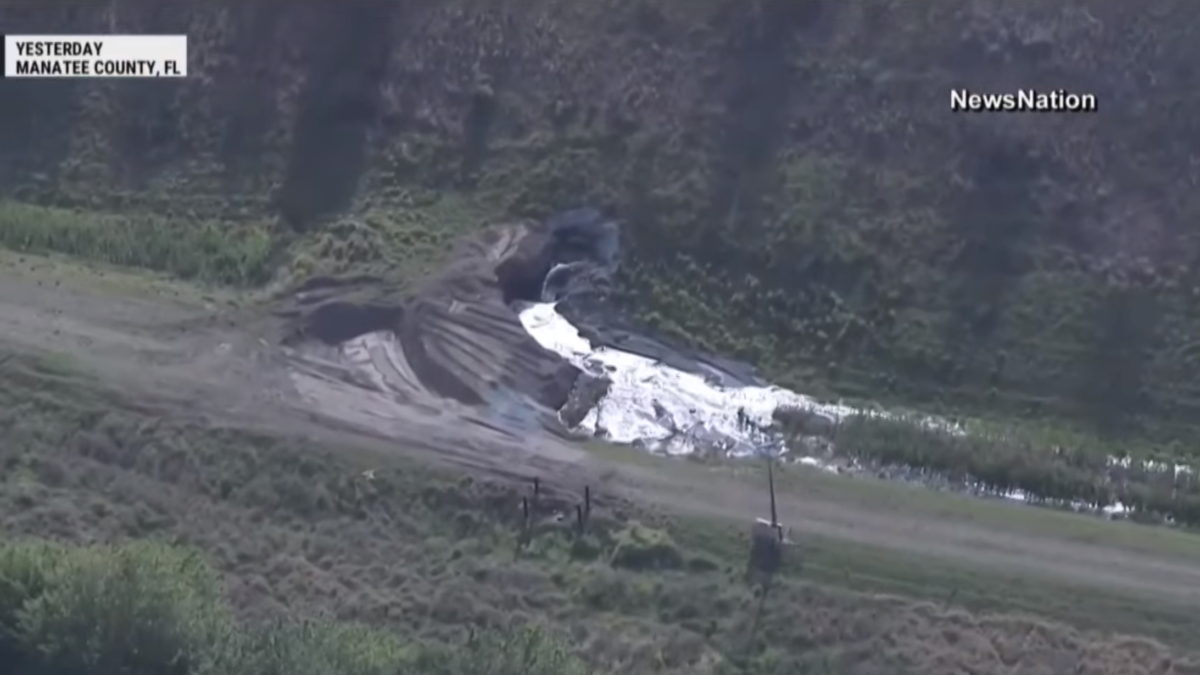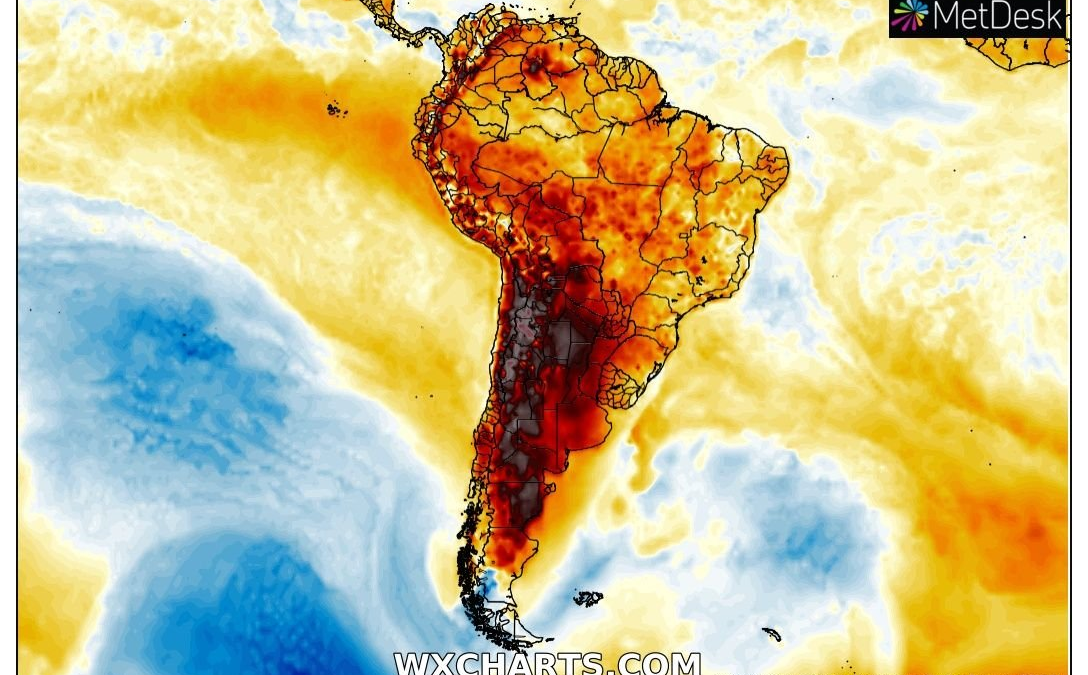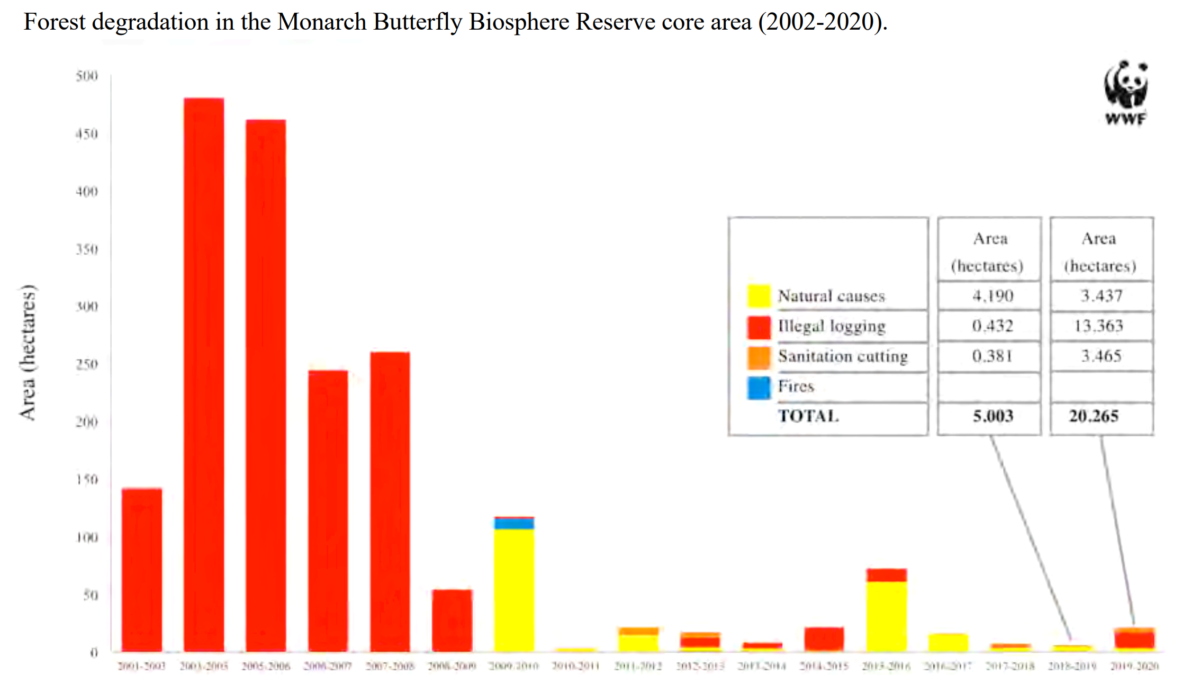Ecosystems the size of Amazon rainforest “can collapse within decades”

By Jonathan Watts
10 March 2020
(The Guardian) – Even large ecosystems the size of the Amazon rainforest can collapse in a few decades, according to a study that shows bigger biomes break up relatively faster than small ones.
The research reveals that once a tipping point has been passed, breakdowns do not occur gradually like an unravelling thread, but rapidly like a stack of Jenga bricks after a keystone piece has been dislodged.
The authors of the study, published on Tuesday in the Nature Communications journal, said the results should warn policymakers they had less time than they realised to deal with the multiple climate and biodiversity crises facing the world.
To examine the relationship between an ecosystem’s size and the speed of its collapse, the authors looked at 42 previous cases of “regime shift”. This is the term used to describe a change from one state to another – for example, the collapse of fisheries in Newfoundland, the death of vegetation in the Sahel, desertification of agricultural lands in Niger, bleaching of coral reefs in Jamaica, and the eutrophication of Lake Erhai in China.
They found that bigger and more complex biomes were initially more resilient than small, biologically simpler systems. However, once the former hit a tipping point, they collapse relatively faster because failures repeat throughout their modular structure. As a result, the bigger the ecosystem, the harder it is likely to fall.
Based on their statistical analysis, the authors estimate an ecosystem the size of the Amazon (approximately 5.5m km2) could collapse in approximately 50 years once a tipping point had been reached. For a system the size of the Caribbean coral reefs (about 20,000 km2), collapse could occur in 15 years once triggered.
The paper concludes: “We must prepare for regime shifts in any natural system to occur over the ‘human’ timescales of years and decades, rather than multigenerational timescales of centuries and millennia.
“Humanity now needs to prepare for changes in ecosystems that are faster than we previously envisaged through our traditional linear view of the world, including across Earth’s largest and most iconic ecosystems, and the social-ecological systems that they support.”
The paper says this could be the case in Australia where the recent Australian bushfires followed protracted periods of drought and may indicate a shift to a drier ecosystem. [more]
Ecosystems the size of Amazon ‘can collapse within decades’
Regime shifts occur disproportionately faster in larger ecosystems
ABSTRACT: Regime shifts can abruptly affect hydrological, climatic and terrestrial systems, leading to degraded ecosystems and impoverished societies. While the frequency of regime shifts is predicted to increase, the fundamental relationships between the spatial-temporal scales of shifts and their underlying mechanisms are poorly understood. Here we analyse empirical data from terrestrial (n = 4), marine (n = 25) and freshwater (n = 13) environments and show positive sub-linear empirical relationships between the size and shift duration of systems. Each additional unit area of an ecosystem provides an increasingly smaller unit of time taken for that system to collapse, meaning that large systems tend to shift more slowly than small systems but disproportionately faster. We substantiate these findings with five computational models that reveal the importance of system structure in controlling shift duration. The findings imply that shifts in Earth ecosystems occur over ‘human’ timescales of years and decades, meaning the collapse of large vulnerable ecosystems, such as the Amazon rainforest and Caribbean coral reefs, may take only a few decades once triggered.
Regime shifts occur disproportionately faster in larger ecosystems


